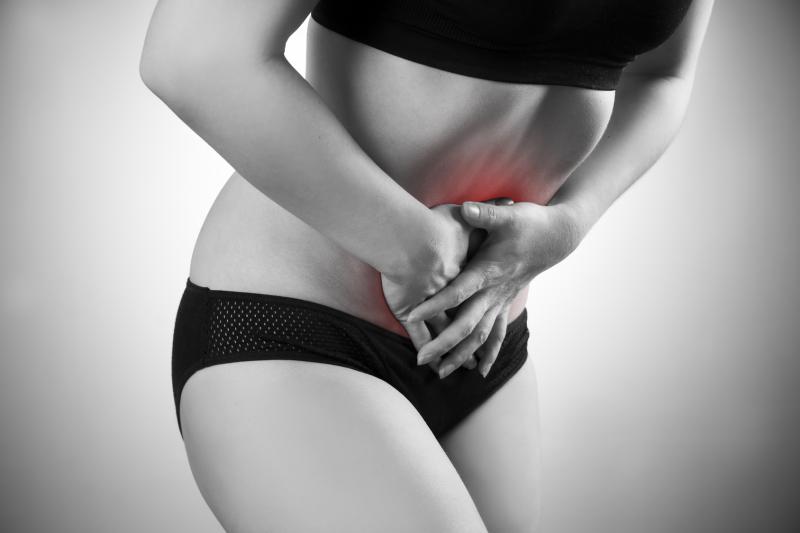
Two doses of the novel potassium‐competitive acid blocker tegoprazan show comparable healing effects on gastric ulcers as lansoprazole, while having a favourable safety profile, according to the results of a phase III trial.
A total of 306 gastric ulcer patients were randomized to treatment with tegoprazan 50 mg or 100 mg or lansoprazole 30 mg once daily for 4 or 8 weeks. Men comprised the majority of the population, and the average age of the patients was 54 years. Ulcers were commonly <10 mm, and most patients had a single ulcer.
There were 28 patients (9.2 percent) who withdrew from the trial because of voluntary withdrawal, inclusion/exclusion criteria violation, use of contraindicated drugs, adverse events (AEs), follow‐up loss, or investigator discretion.
In the per-protocol analysis, both doses of tegoprazan were noninferior to lansoprazole in terms of ulcer healing at 4 and 8 weeks. The cumulative proportion of patients with endoscopy-confirmed healed ulcers over the 8‐week treatment period were 100 percent with tegoprazan 50 mg, 97.85 percent with tegoprazan 100 mg, and 100 percent with lansoprazole 30 mg group. The corresponding healing rates at week 4 were 95.45 percent, 94.62 percent, and 92.94 percent.
The noninferiority of tegoprazan was confirmed in the full-analysis set. The respective healing rates were 94.8 percent, 95.0 percent, and 95.7 percent at week 8, and 90.6 percent, 91.9 percent, and 89.2 percent at week 4.
There were no significant differences in the incidence of drug‐related treatment‐emergent adverse events across the three groups (9.80 with tegoprazan 50 mg, 13.73 percent with tegoprazan 100 mg group, and 12.00 percent with lansoprazole 30 mg). The increase in serum gastrin concentration was similar in tegoprazan‐treated and lansoprazole‐treated patients.